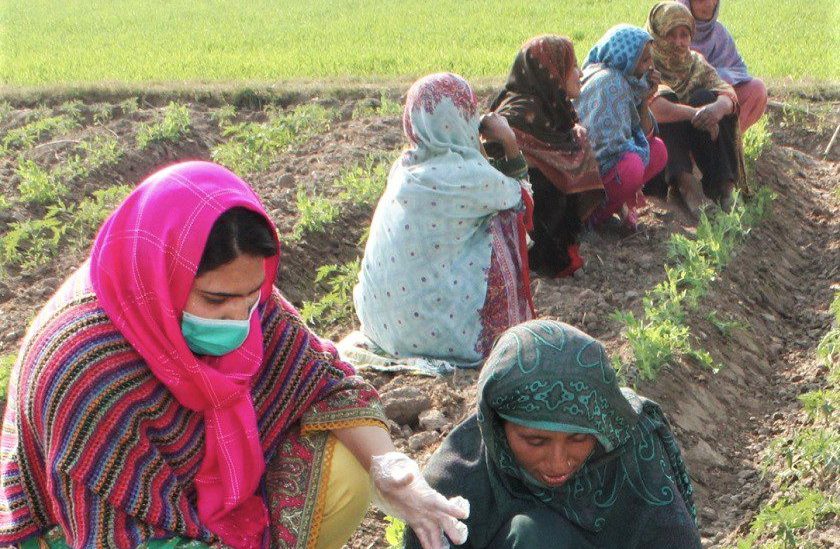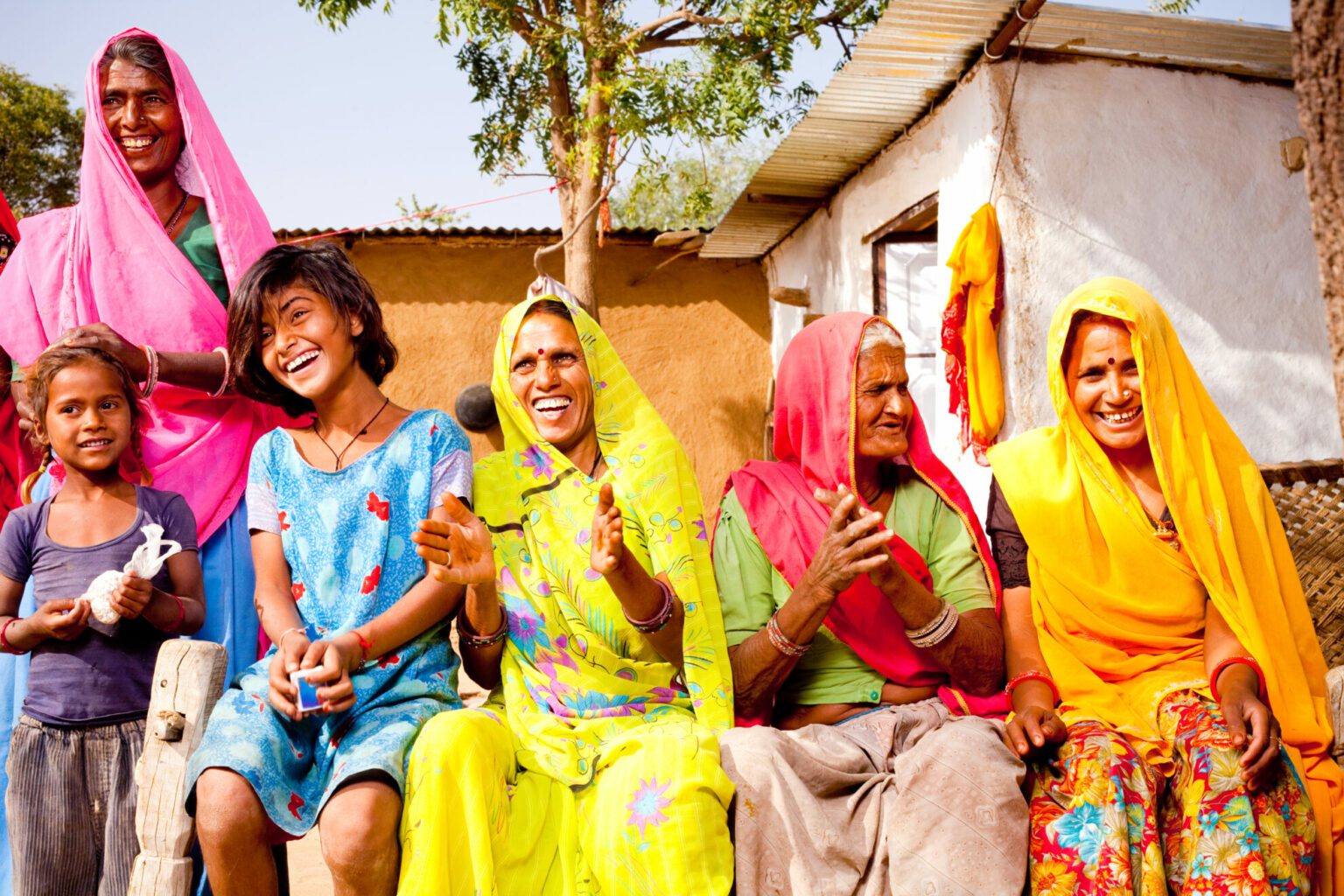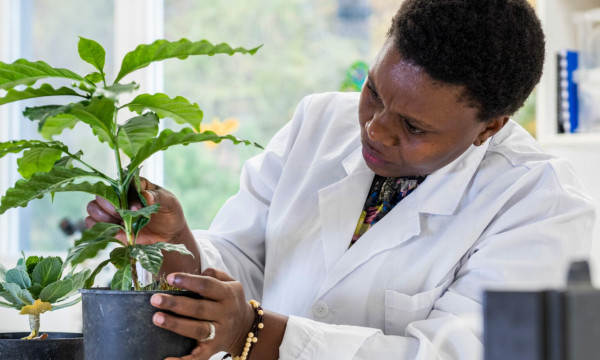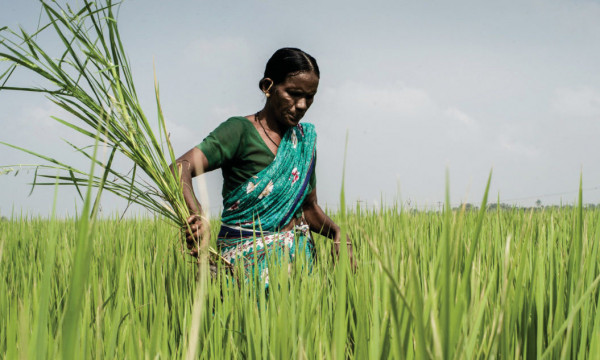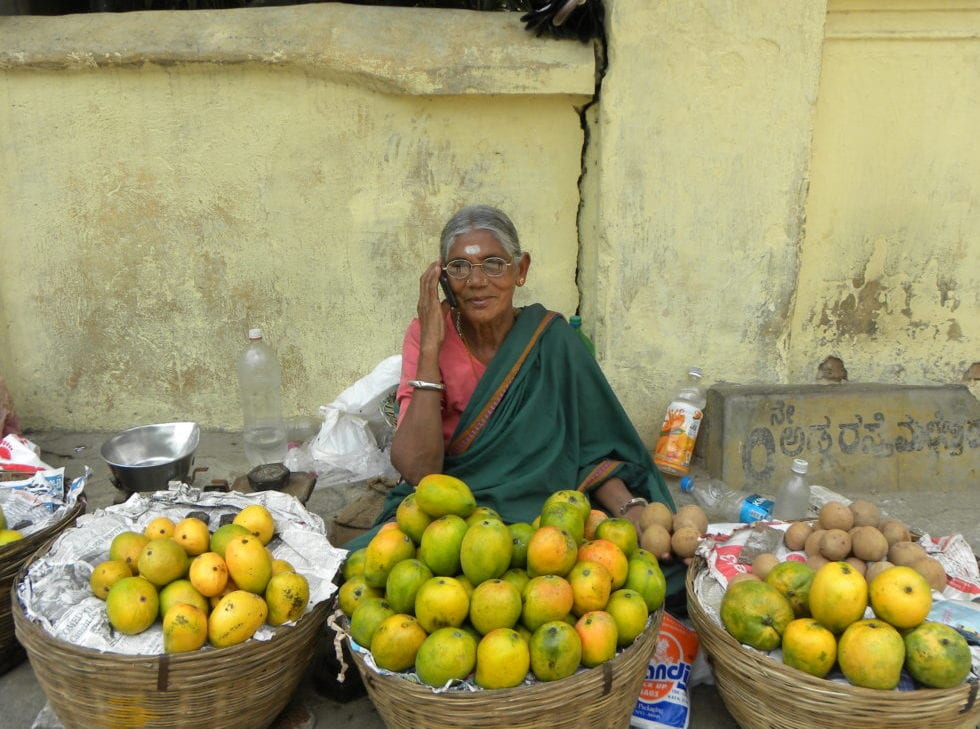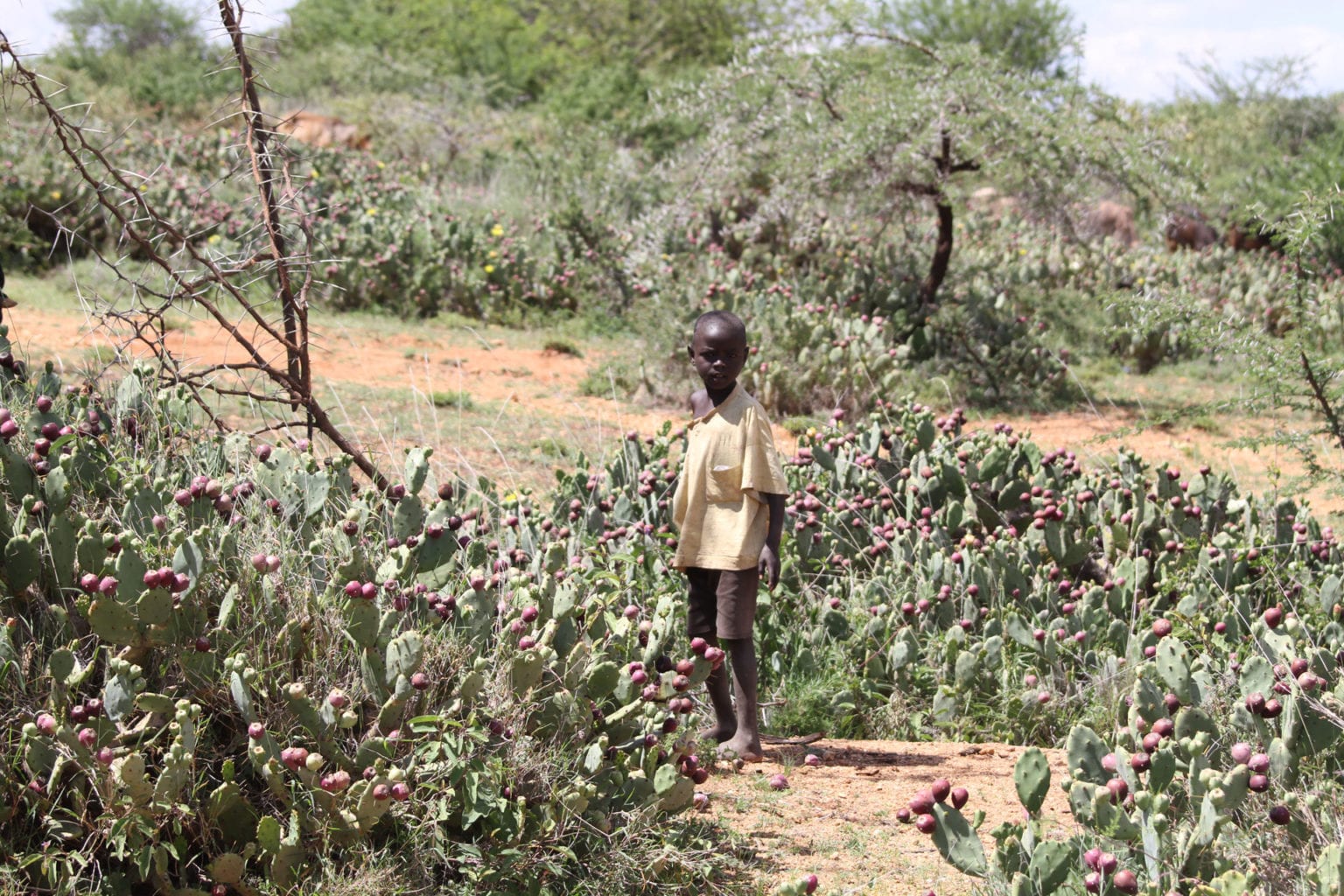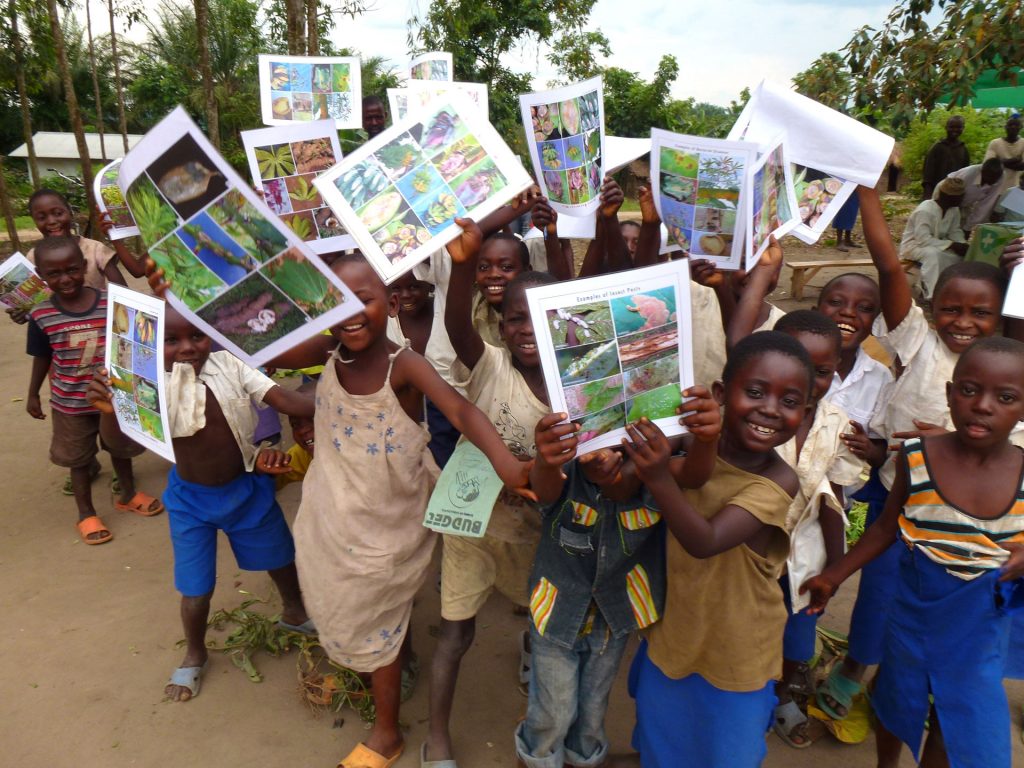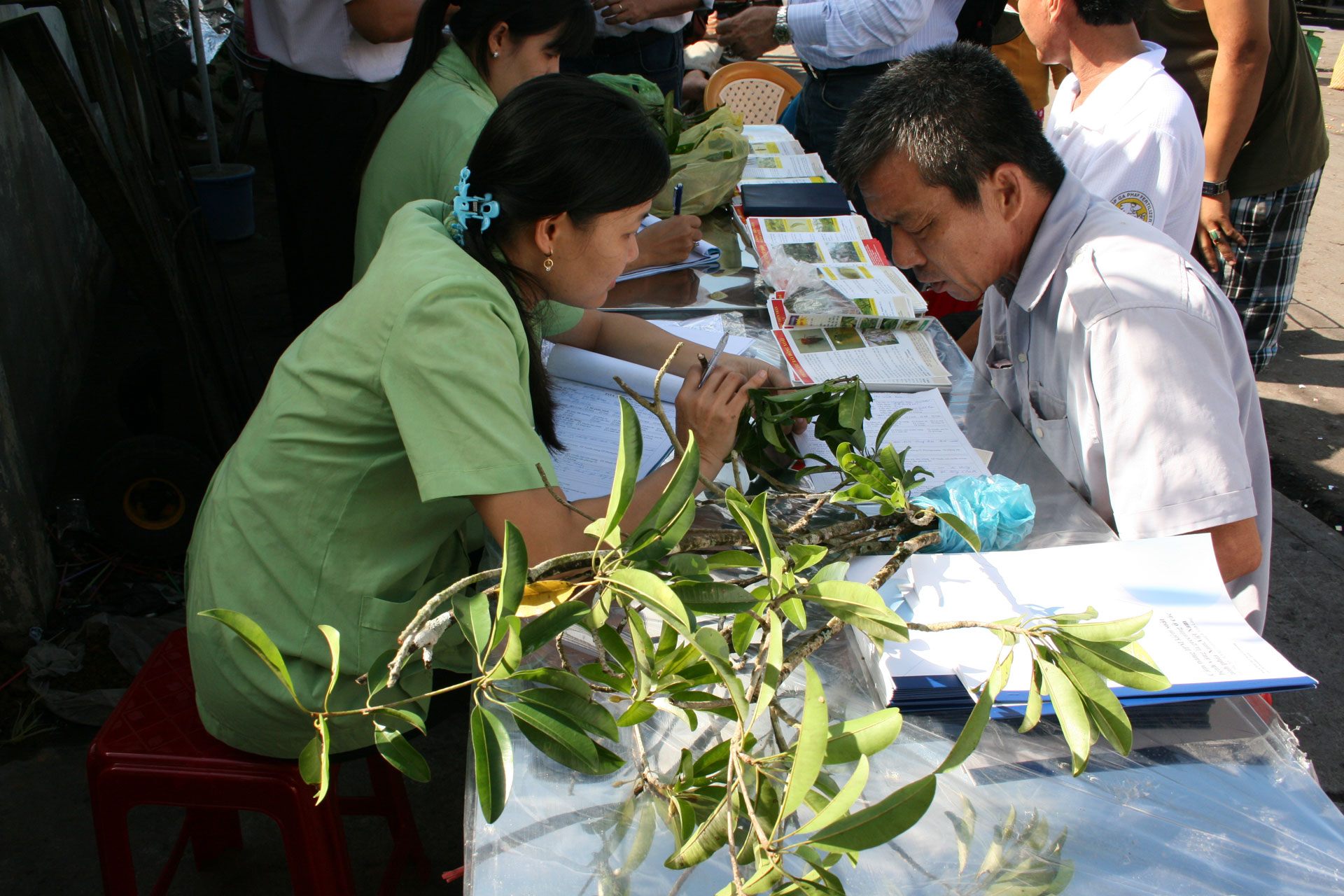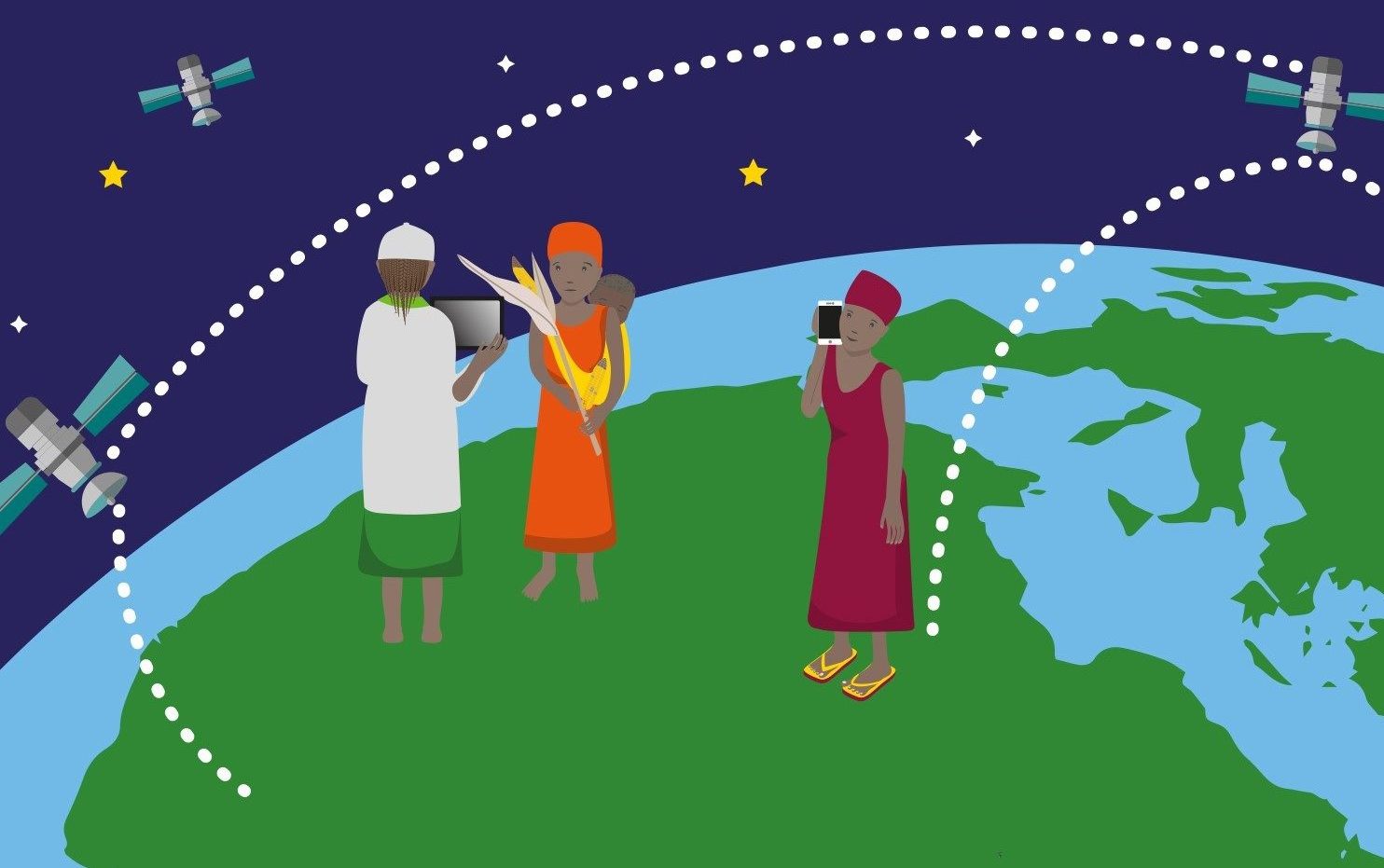The global challenge
While women constitute 43% of the agricultural workforce, they produce 20%–30% smaller crop yields than men due to their lack of access to and control over resources, including land, labour, credit, agricultural information, inputs and market opportunities.
Young people likewise struggle with low levels of access to farming finance, information and land, which limit their opportunities in rural areas.
Breaking down the barriers to women and young people’s employment in agriculture can benefit agriculture, food security, and communities. For example, if male–female differences in access and yields could be overcome, the number of undernourished and hungry people worldwide would fall by 100–150 million.
SDG 5: Gender Equality seeks to empower all women and girls. Women and young people have the potential to play an important role in the future of agriculture.
CABI makes gender and social inclusion a central feature of all its development projects.
We use our understanding of how gender, social relations and underlying power dynamics affect the participation of women, youth and marginalized groups in development work, and the value they derive from such work. This helps us to design and deliver targeted programming to redress inequalities in wealth and nutrition, and to create opportunities for women and youth in agricultural value chains.
Our action
To deliver change, we:
- Create new income and employment opportunities for women and youth as agricultural service providers
- Support the involvement of women and youth in the production of low-risk bio-based pest control products for local use
- Ensure equitable access to advisory services by providing mixed digital and face-to-face services designed to include and empower women, youth and marginalized groups
- Pilot social and behavioural change communication approaches that shift the social norms underpinning inequalities in access to, and benefits from, agricultural services
- Enhance the adoption of technology by women and youth farmers through targeted technology development, dissemination and promotion strategies
- Promote role models of successful female scientists and innovators
Examples of our work
To help women farmers in Ghana grow more and better soybeans, the Gender and the Legume Alliance (GALA), a collaboration between CABI and partners, developed music videos on best practices for growing soybeans. The videos incorporated traditional folk rhythms and were screened in 200 villages in northern Ghana, reaching around 41,000 members of farming households, with more women attending than men. After the campaign, there was an increase in the adoption of crop rotation and chemical weeding of 4–16%. The campaign also helped build links between agro-dealers and farmers, including women farmers, which led to a specific legume fertilizer being developed.
In Pakistan, over 60% of the population live in rural areas. Poverty in these communities is high at nearly 55%. And while growing vegetables can provide a source of income, careers in horticulture are challenging. Lack of knowledge and skills in vegetable farming hinders income generation, particularly for women. Through the Tomato Flagship Initiative, part of the Strengthening Vegetable Value Chains project, CABI and partners supported the project, which aimed to help smallholders access more profitable tomato value chains. The project trained women how to grow tomato seedlings in nurseries and increase their incomes.
Women in the farming workforce often lack decision-making power and engage in manual labour on family-run farms. However, home-based agricultural “cottage” industries are helping to improve their income. In Tamil Nadu, India, women have formed biopesticide production groups that have become commercially successful with the support of the PlantwisePlus programme. The connection between plant clinics and the groups has been instrumental in the women’s empowerment, with plant doctors recommending eco-friendly alternatives to farmers, causing the farmers to seek out products from the women’s groups.


